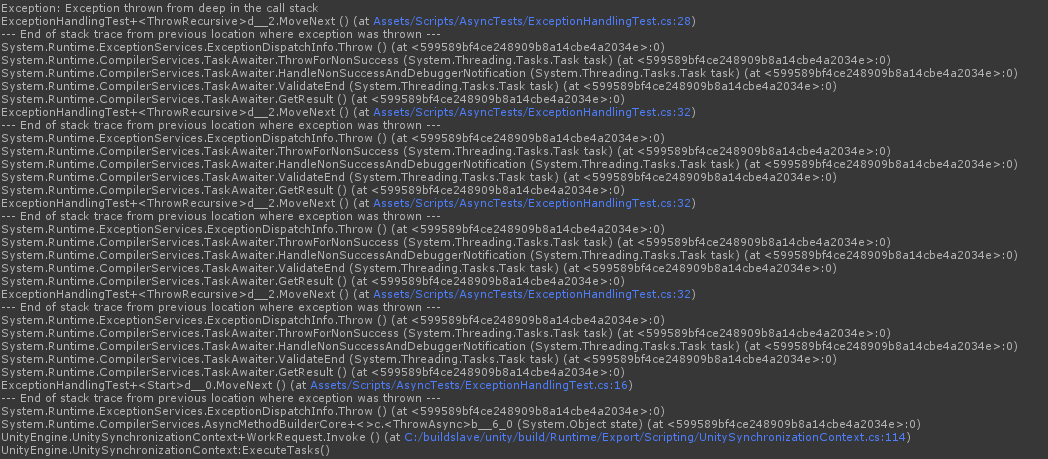
The 3 rd Generation Intel Xeon processors support a range from 2667 to 3200 MT/s. Intel recommends that each of the 8 memory channels per socket be populated with DDR4 RAM DIMM modules rated at the maximum MT/S for the selected processor. Best results are achieved when each core has direct access to memory. SVT utilizes multi-channel encoding to accelerate performance. System Set-up and Optimizations Memory Configuration & Sizing Intel ® Security Essentials and Intel® Security Libraries for Data Center.

Improvements of particular interest to media applications are: To get the latest SVT-HEVC code, visit: .To learn more about SVT, visit: .ģrd Gen Intel ® Xeon ® Scalable processors deliver improved architecture, increased core counts and larger caches and provides a seamless performance foundation to help speed data’s transformative impact, from the multi-cloud to the intelligent edge and back. Generally, the newest master branch is recommended. As of this writing, Intel recommends SVT HEVC 1.5.0. SVT-HEVC is an open source project and pull requests are managed by the git hub community. The settings apply to running SVT-HEVC on a 2-socket Intel® Server System with 3rd Generation Intel® Xeon® Scalable Processors and Intel recommends using: SVT-HEVC is hosted on both Linux* and Microsoft Server* operating systems. However, please note that we rely on the users to carefully consider these settings for their specific scenarios, since SVT-HEVC can be deployed in multiple ways and this is a reference to one such use-case. This guide is targeted towards users who are already familiar with the Scalable Video Technology for HEVC Encoder (SVT-HEVC) and provides pointers and setting for BIOS, OS, SVT-HEVC encoder, and system settings that will provide the best performance for most situations.


 0 kommentar(er)
0 kommentar(er)
